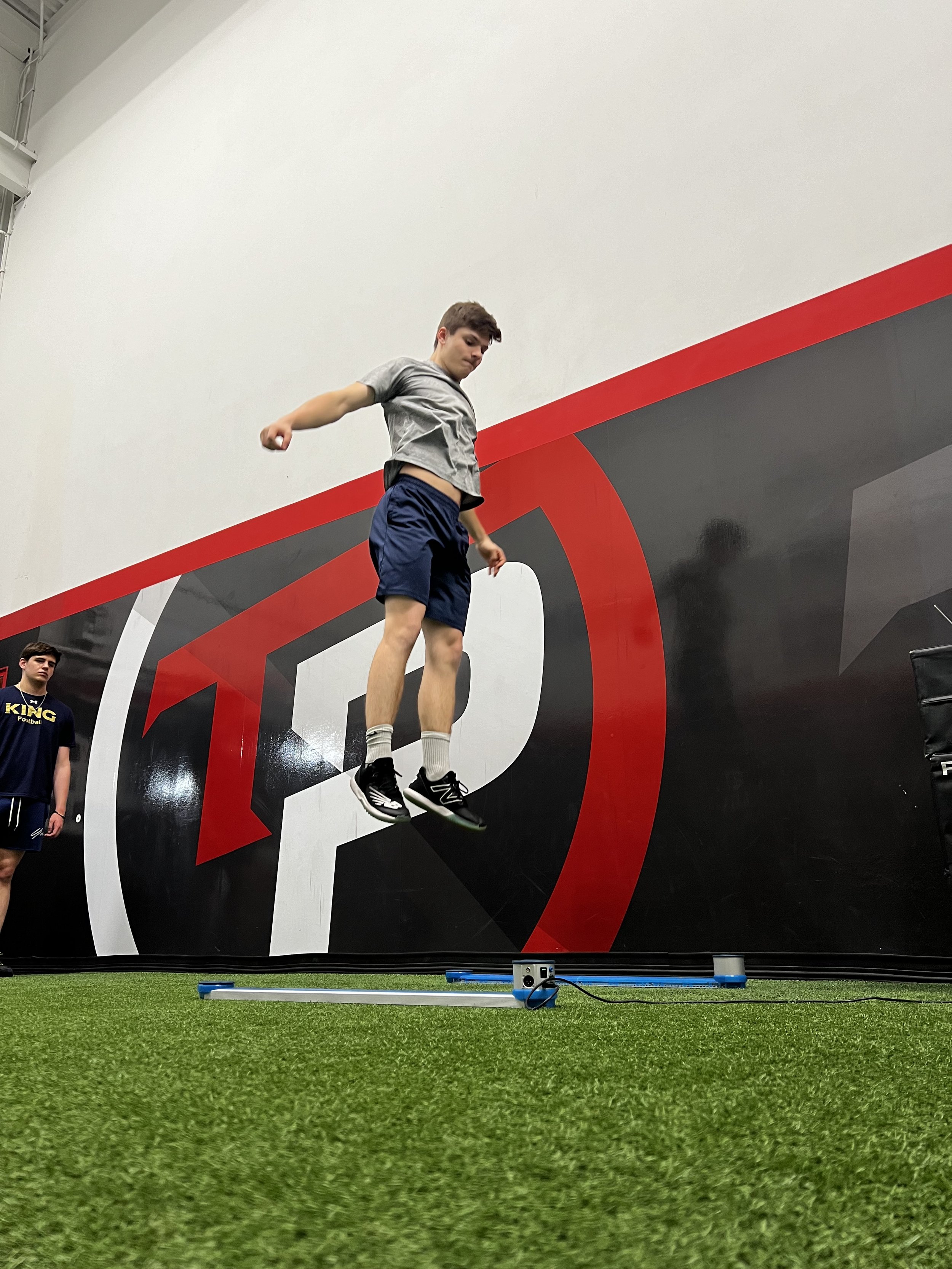Boosting Intramuscular Coordination: The Secret Behind Contrast Training for Peak Athletic Performance"
/Progress can be made quickly.
The body adapts to the stress you apply to it
Why is improving intramuscular coordination important in training, and how can inefficiencies in muscle recruitment and utilization be addressed?
Improving intramuscular coordination is crucial for optimizing physical performance, reducing the risk of injury, and enhancing strength and power without necessarily increasing muscle mass. This efficiency is particularly important in sports where the balance between strength, power, and body weight affects performance, such as in endurance sports (triathlon, long-distance running) and sports requiring explosive power (high jump, shot put, Olympic weightlifting). The core issue lies in inefficient muscle recruitment and utilization, where muscles may not be activated in the most effective sequence or intensity, leading to suboptimal performance outcomes.
The key to addressing these inefficiencies involves targeted training strategies that focus on neural adaptations to strength training. This includes techniques aimed at reducing the inhibition of muscle contractions (e.g., through reducing the impact of Golgi tendon organs and Renshaw cells) and enhancing the synchronization and recruitment of motor units. Training should also aim to increase the rate coding, or the rate at which motor neurons fire, improving the speed and force of muscle contractions. These adaptations help in achieving greater strength and power outputs without the necessity for muscle hypertrophy, aligning with the needs of various athletic endeavors.
Methods to improve intramuscular coordination involve high-intensity training at 85-100% of the athlete's maximum capacity, focusing on the recruitment and frequent activation of muscle fibers through exercises that are both explosive and involve slow, controlled movements. Periodized training, ensuring full recovery between sessions to maximize the effectiveness of these adaptations, is also recommended.
In summary, addressing inefficiencies in muscle recruitment and utilization through targeted intramuscular coordination training can significantly enhance athletic performance across a broad spectrum of activities. By focusing on the neural aspects of strength and coordination, athletes can achieve higher levels of efficiency, strength, and power, critical for both competitive success and long-term physical development.


